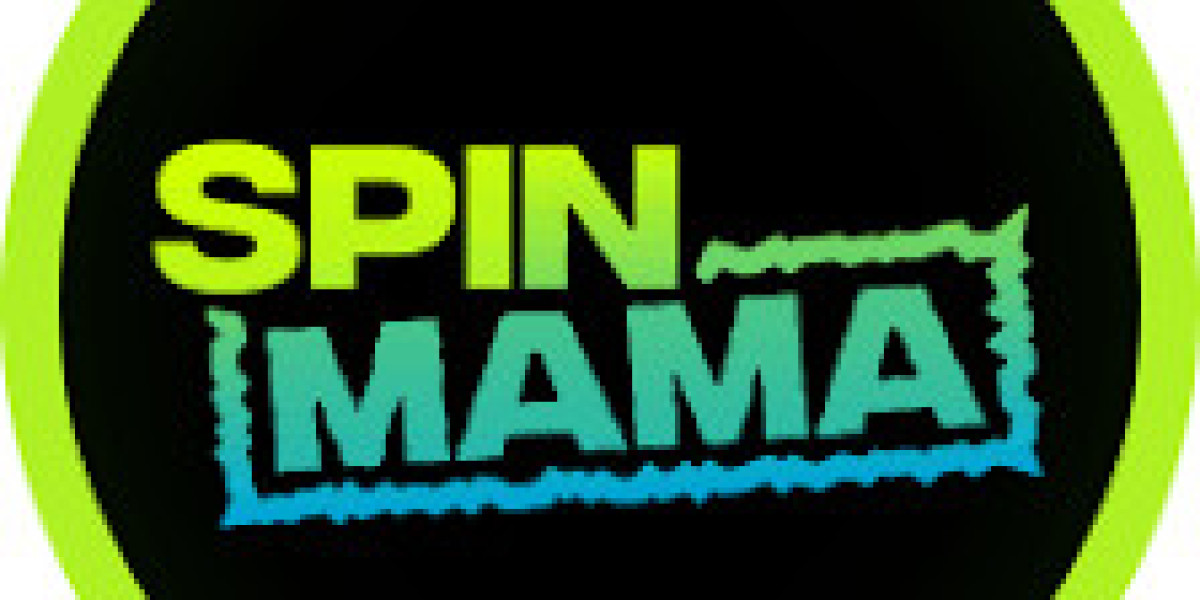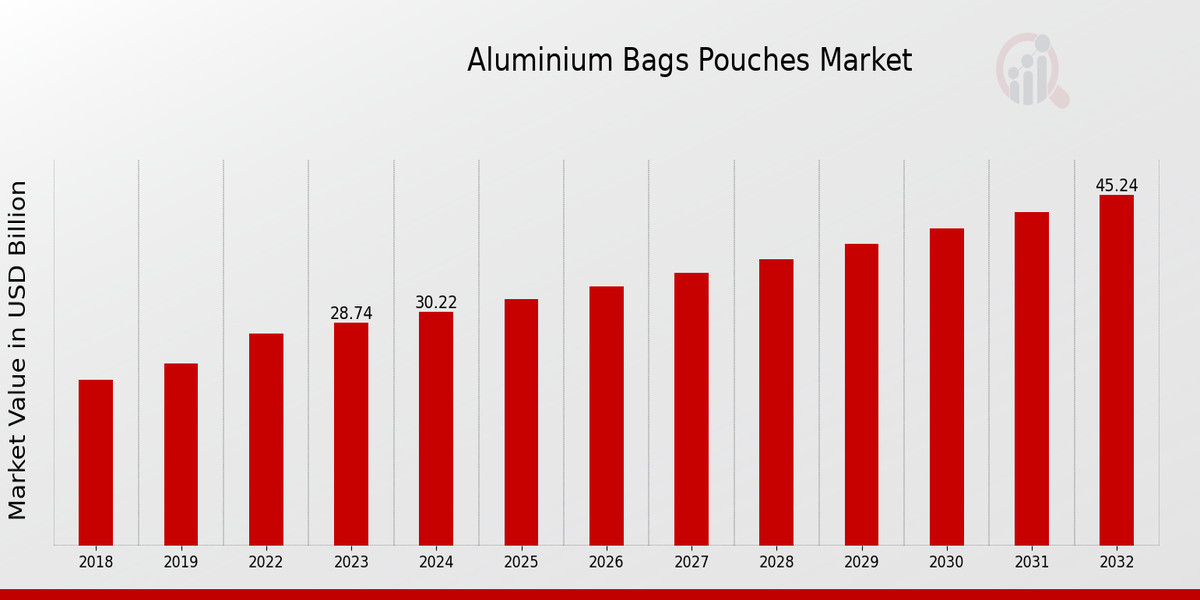The Wine Market is influenced by a range of market dynamics that determine its Size, Share, and long-term Growth Trends. A clear understanding of these dynamics is crucial for stakeholders aiming to capitalize on opportunities and navigate challenges in the global Industry Forecast.
Consumer Preferences and Lifestyle Changes are a key driver. Increasing demand for premium, organic, and functional wines reflects evolving tastes and health-conscious behaviors. Consumers seek quality, convenience, and variety, which directly impacts Market Size and stimulates growth in Market Share.
Economic Factors such as disposable income, urbanization, and tourism influence wine consumption. Higher incomes and increased spending on lifestyle products drive demand for premium wines, supporting Growth Trends and a positive Market Forecast. Conversely, economic slowdowns or currency fluctuations can impact production costs and consumer purchasing power, affecting Industry Analysis.
Technological Advancements in viticulture and wine production enhance quality and efficiency. Automation, precision fermentation, modern bottling, and labeling innovations improve consistency and traceability, positively impacting Market Size and long-term Growth potential.
Regulatory Environment is a critical dynamic. Wine production and marketing are subject to varying regulations across regions, including labeling, alcohol content limits, and health claims. Compliance ensures consumer trust and market access, while non-compliance may restrict Market Share and hinder Industry Trends.
Competitive Landscape also shapes market dynamics. A growing number of domestic and international players intensifies competition. Manufacturers must focus on innovation, branding, and differentiation to maintain Market Share, expand Size, and sustain positive Growth Trends.
Distribution and Retail Channels play a crucial role. Modern retail, specialty stores, and e-commerce platforms affect accessibility, availability, and consumer adoption. Digital platforms in particular enhance visibility and provide personalized offerings, boosting Market Size and contributing to a favorable Industry Forecast.
Regional Variations impact consumption patterns. North America and Europe show strong demand for premium and organic wines, while Asia-Pacific and Latin America are emerging as growth hubs due to rising disposable income, urban lifestyles, and exposure to wine culture. Understanding these variations helps optimize Market Share and informs Industry Analysis.
Sustainability and Eco-conscious Practices are becoming increasingly important. Environmentally responsible production, organic vineyards, and recyclable packaging attract eco-conscious consumers. Brands adopting sustainable practices can expand Market Size, enhance Share, and support long-term Growth Trends.
Marketing and Consumer Education also drive wine adoption. Wine tastings, educational campaigns, digital content, and storytelling about wine origins influence consumer preferences and encourage repeat purchases, reinforcing Industry Trends and supporting Market Forecasts.
In conclusion, the wine market is shaped by consumer preferences, economic factors, technology, regulations, competition, distribution channels, regional differences, sustainability, and marketing. These dynamics collectively impact Market Size, Share, and long-term Growth Trends, offering stakeholders insights for informed decision-making and robust Industry Forecasts.
FAQs
1. What factors influence wine market dynamics?
Consumer behavior, economic conditions, technology, regulations, competition, distribution, regional trends, sustainability, and marketing.
2. How do economic conditions affect wine consumption?
Higher disposable income and tourism increase demand, while economic downturns can reduce purchases.
3. Why is regulatory compliance important in the wine industry?
Ensures market access, consumer trust, and adherence to labeling and alcohol content standards.
4. Which regions show the fastest growth potential for wine?
Asia-Pacific and Latin America due to rising incomes, urbanization, and exposure to wine culture.
5. Which LSI keywords are included in this blog?
Size, Share, Growth, Trends, Forecast, Industry, Analysis.















